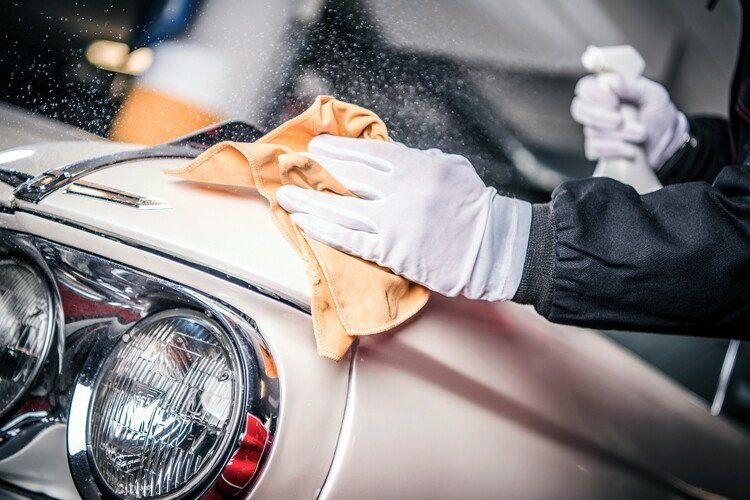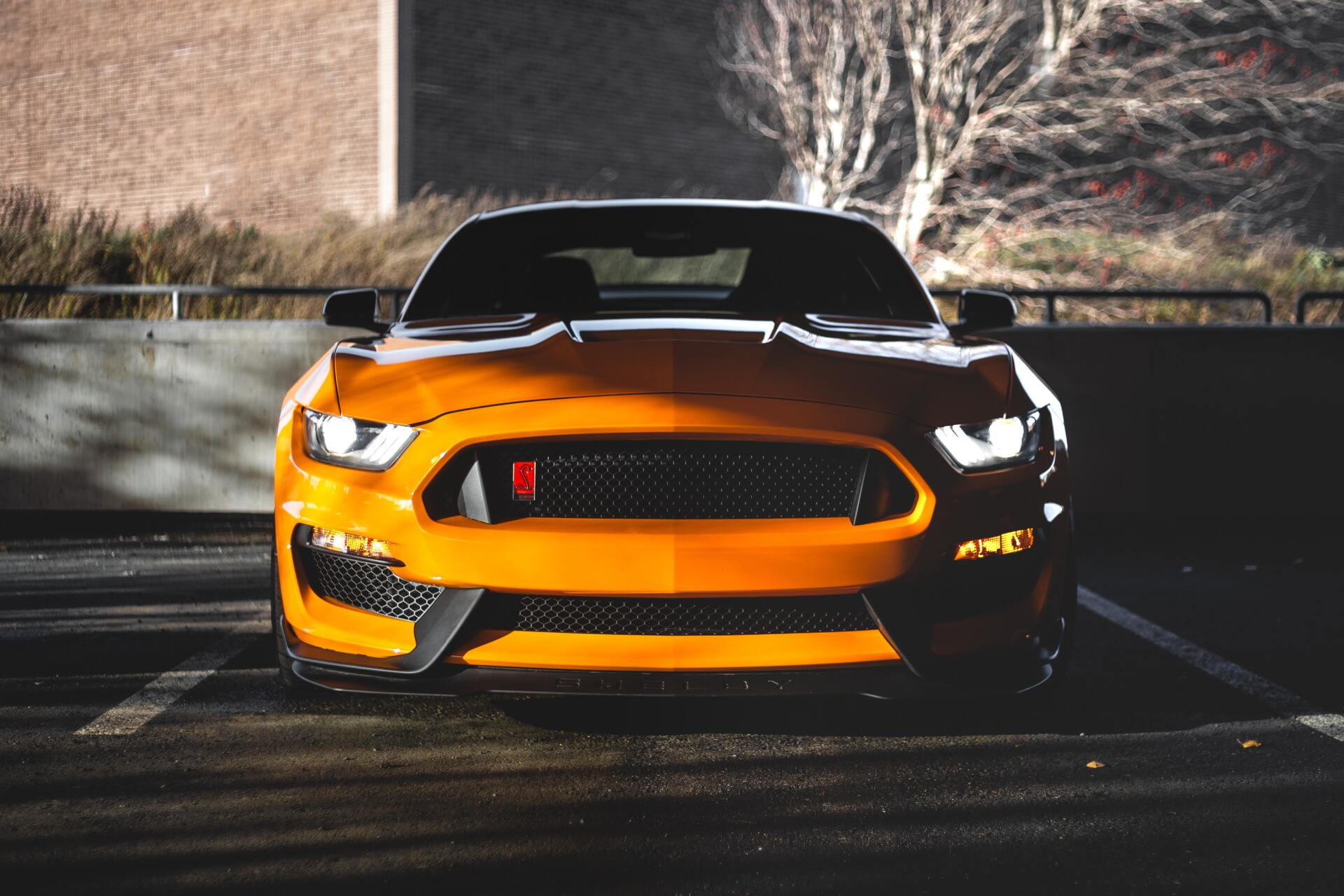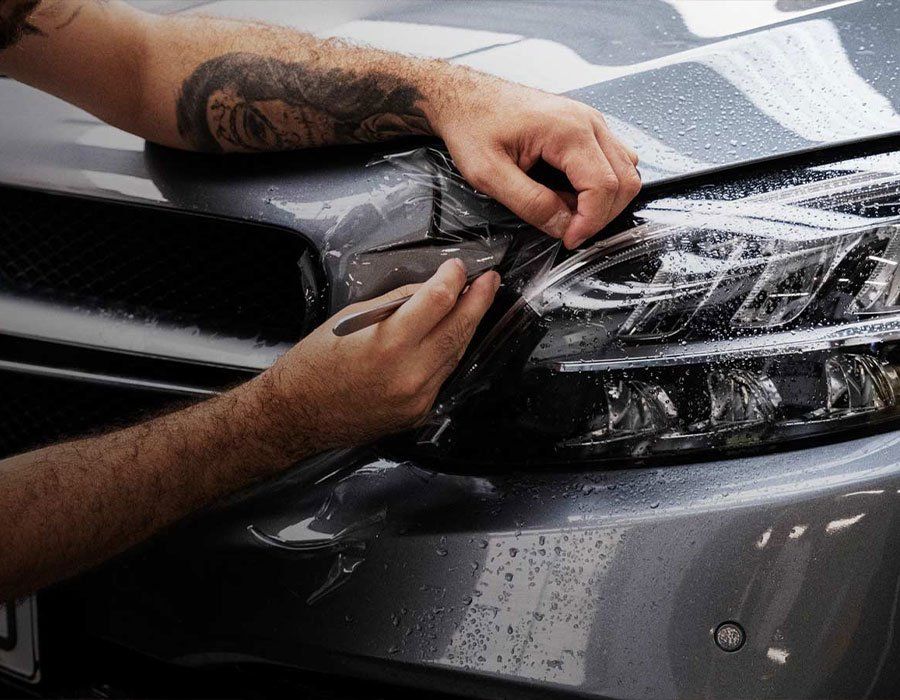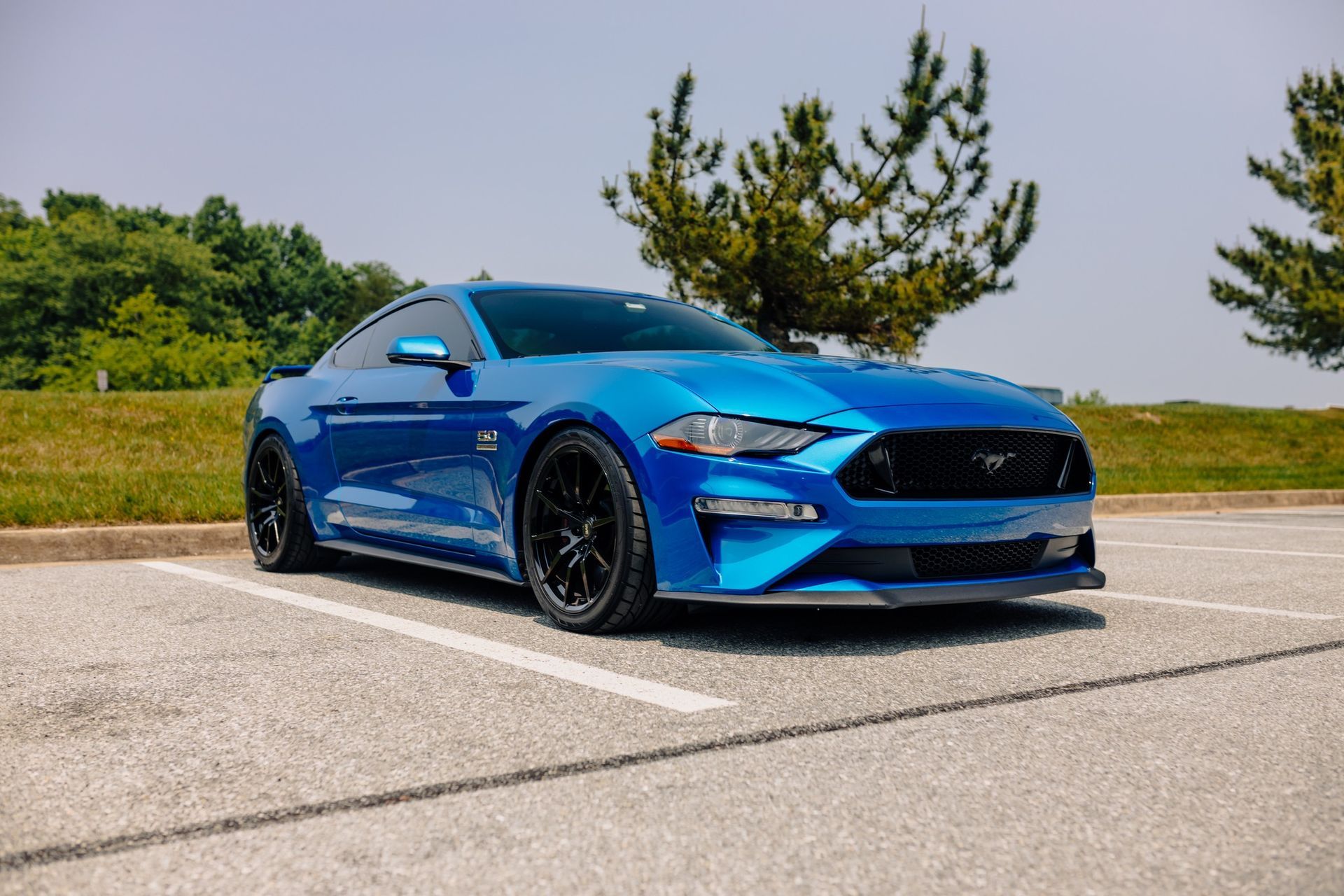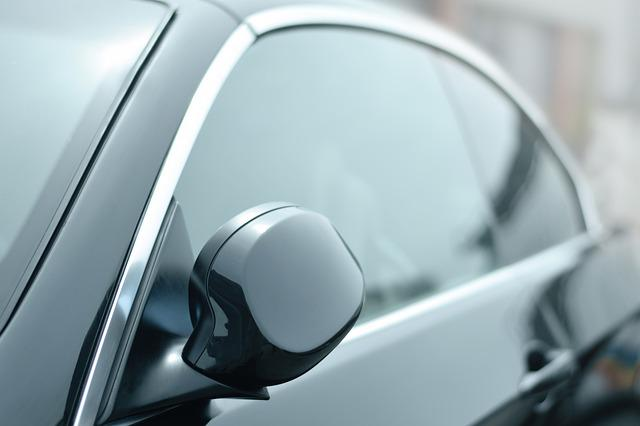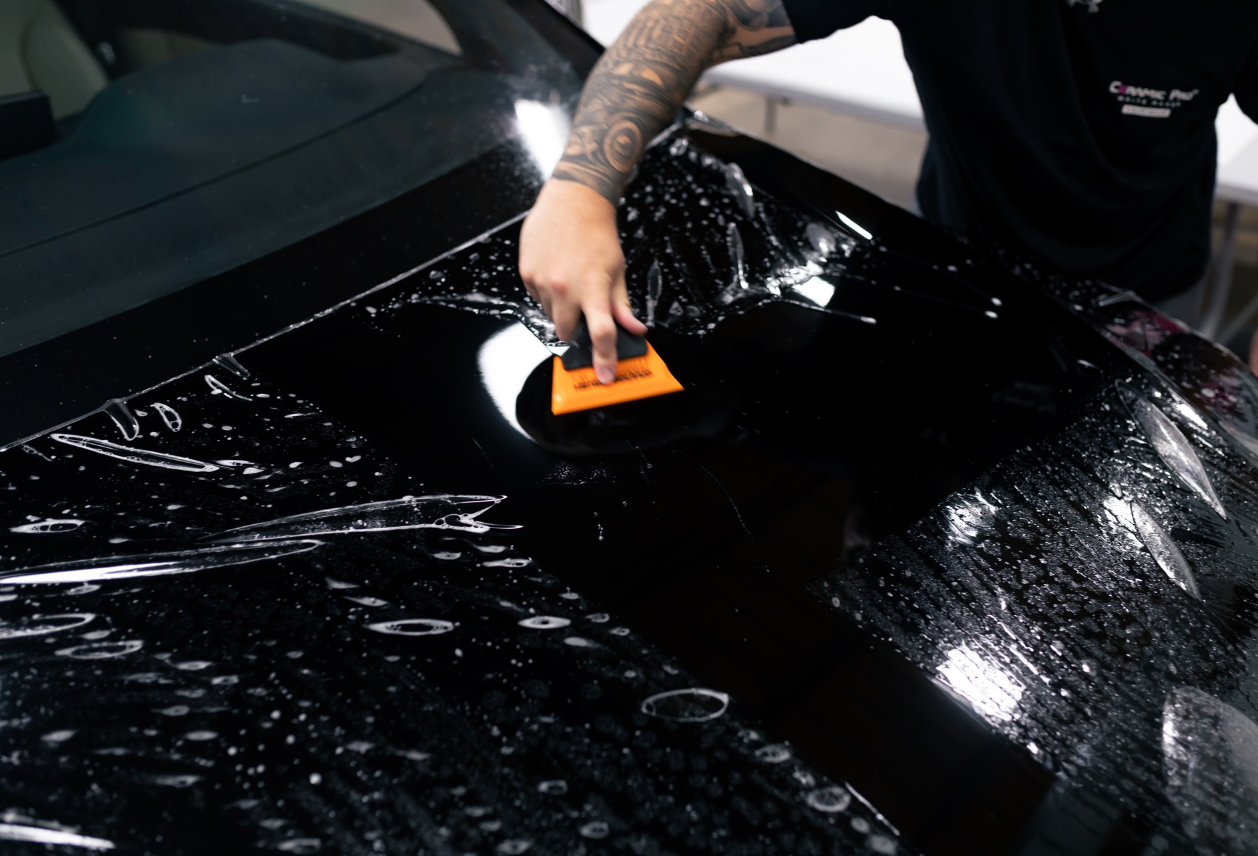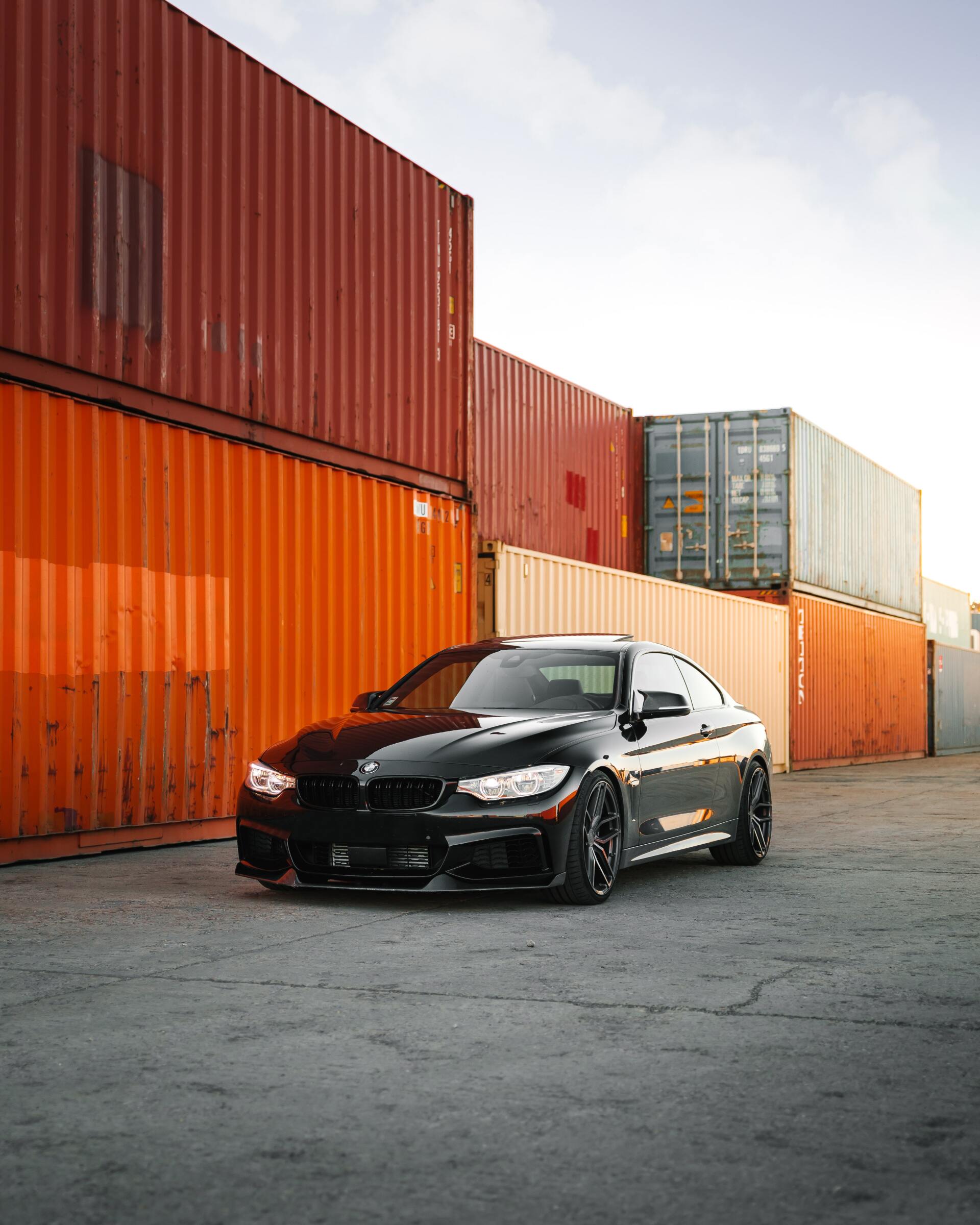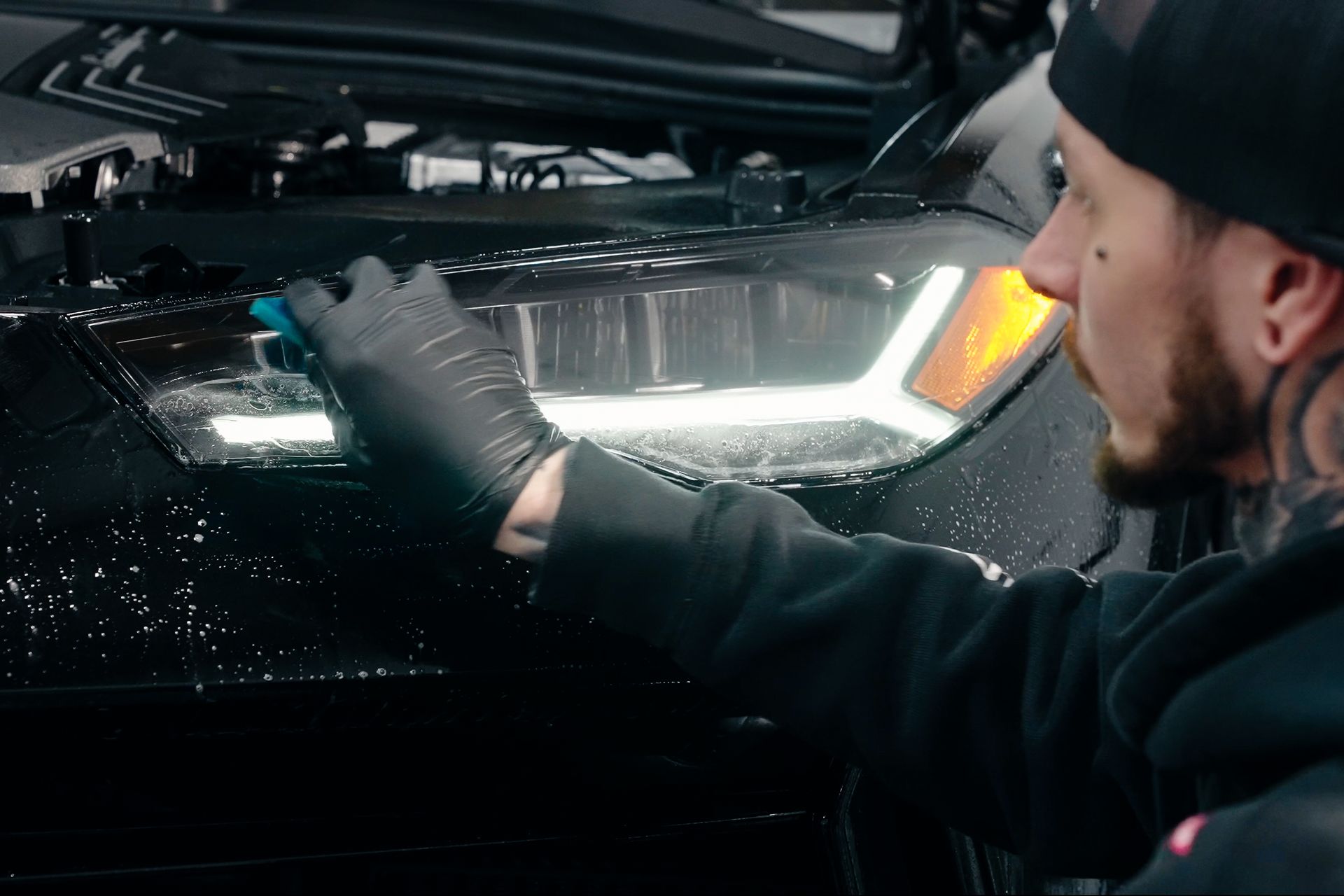Have you ever noticed that your car paint develops circular patterns visible in bright light or under direct sunlight and perhaps harsh to the touch with time? This is due to a build-up of surface scratches known as swirl marks caused by friction on the car’s body.
Every car owner will experience these swirl marks eventually. There are steps you can take to remove swirl marks. Let’s see how it can be done.
Definition of Swirl Marks
Swirl marks are a very frequent flaw on many vehicles, and they result from a lot of micro-scratches accruing to create that circular pattern look on the car's paint. Swirl markings seem weird, but they also reduce the sheen and luster of your paint, making it appear dull and uninteresting.
Various factors generate swirl marks, but incorrect contact with painted flat surfaces is the most common reason. Automated car washes are also notorious for creating swirl marks on the paint surface due to the pressure and motion of the washing brushes.
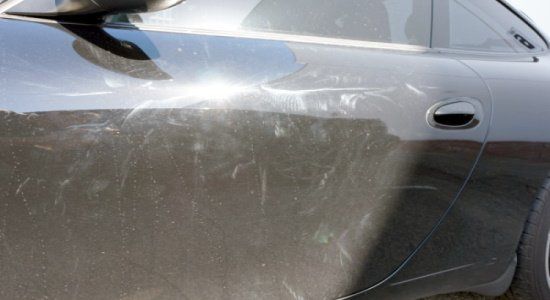
What Causes Swirl Marks?
The spinning action of washing is what causes swirl marks to appear. The clear top layer is frequently affected. This could include incorrect car washing, mechanized car washes, and even despite continuous rinsing, the ever-popular high-street wash sponges are not suited for home washing and can retain microscopic particles of grit.
The swirl mark effect is caused by hundreds of fine scratches that collect in various directions over time. These motions create abrasion on the surface over time, leaving light scratches behind. Most swirl marks can also be made by drying with a car duster or an inexpensive cloth.
Vehicles frequently washed at automated car washes generate many swirl marks due to too much pressure, making the paint appear unhealthy and drab. If you own a new automobile and notice swirl marks, it's time to get it serviced.
Steps for Swirl Marks Removal
Clean Your Car Properly
You must clean your vehicle before polishing because when dirt and filth become lodged in the applicator pad, you will add deeper scratches to your car's paintwork. So, wash and dry the vehicle properly using good car soap and an approach known as the two-bucket wash. The two-bucket procedure consists of one bucket containing your shampoo wash solution and another bucket containing plain water for washing your wash mitt. Begin at the top, one panel at a time.
Ensure to rinse the wash mitt inside the rinse bucket and then add more soap. This will provide maximum cleaning and prevent you from dragging dirt around your automobile. After washing, rinse the vehicle to remove any remaining soap or debris, then dry it with a high-quality non-scratch soft material towel.
Clay and Decontaminate Your Vehicle
Most automobiles have a significant amount of iron contamination from brake dust and building sites. To proceed to the following stage, you must first remove the iron pollution. Spray all painted surfaces of your car in a shaded place with an excellent iron fallout remover and let it settle for a moment.
After a few minutes, you'll notice dark patches all over the vehicle. The iron pollution is dissolving at this point. After around 5 minutes, rinse the entire car and dry it completely with a towel made from microfiber.
Claying your automobile is the next step. Claying is utilizing a synthetic poly clay bar, clay pad, and clay lube to remove bonded surface impurities on your car that cannot be eliminated by washing alone and must be removed before the polishing process. If you run your hands on your car body and feel bumps, it indicates the presence of contamination, and you need to clay your vehicle.
Knead the clay in your hands for five minutes to make sure it's malleable. The heat and repeated motion will soften the clay, allowing you to manipulate and fold it, then spray the clay lubricant. The clay lubricant keeps it safe, makes it easier for the clay to pick up pollutants, and gives it a swirl-free finish. Rub the surface using the clay in an upward and downward motion. You'll see the surface get smoother with every rub, and you even feel the difference. After you've felt little to no contamination, buff off your fast detailer or clay lubricant.
Apply Polish to Your Car
Use your cloth or foam polishing pad to apply polish to your car's paint's entire surface and gently spread it around. Then begin polishing using circular motions, going up and down, then left and right. Keep rubbing the polish until it's virtually transparent, following the car's outlines. The final result should be a very shiny finish.
If necessary, allow the polish to cure. Some polishes require that you leave them on the car, so check the packaging to see if this is necessary and how to get rid of polish residue.
Some swirl marks on cars are so bad that they're practically impossible to remove by hand. Machine polishing comes in handy in such situations. Professional detailers utilize a machine polisher to help with swirl removal.
Final Touches
Finish the polishing stage with a ceramic or waxing to give the sheen a 'wet look' finish with a high-quality sealant for a durable result. Paint fortification, a deep shine, and astonishing water behavior are all provided by a layer of ceramic wax. To go the additional mile, use a ceramic coating that delivers a durable sheen and protection while making cleaning a breeze.
It seems tedious, but performing this task every six months or so can assist in maintaining delicate paintwork, preventing swirl marks, and looking its best.
Working with Baltimore Detail Solutions
We are your one-stop shop for the most up-to-date car detailing techniques. To ensure your happiness, we use the best products available in the industry. Whether it's ceramic coating, professional detailing, paint protection film, or paint correction, we keep our pricing low and offer a wide range of services to guarantee that you receive exactly what you need from start to end.
Get in touch with Baltimore Detail Solutions at (410) 238-3000 for more information on interior and exterior automobile detailing ceramic coatings, and paint protection film. If you want to visit us, we are located at 8967 Yellow Brick Rd Suite A-B Rosedale, MD 21237.



